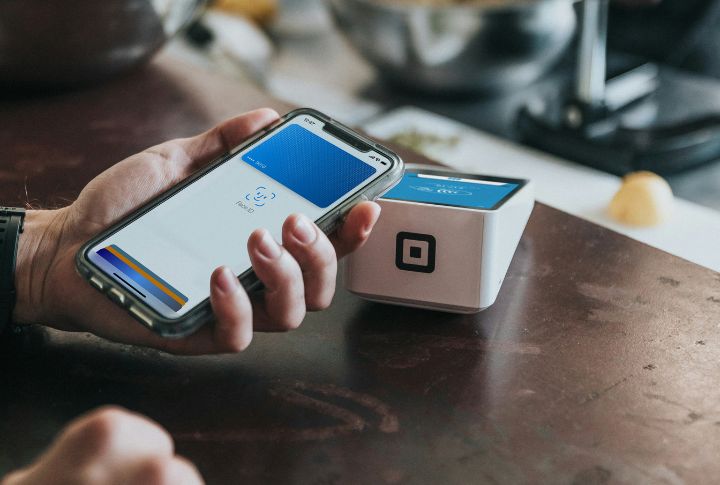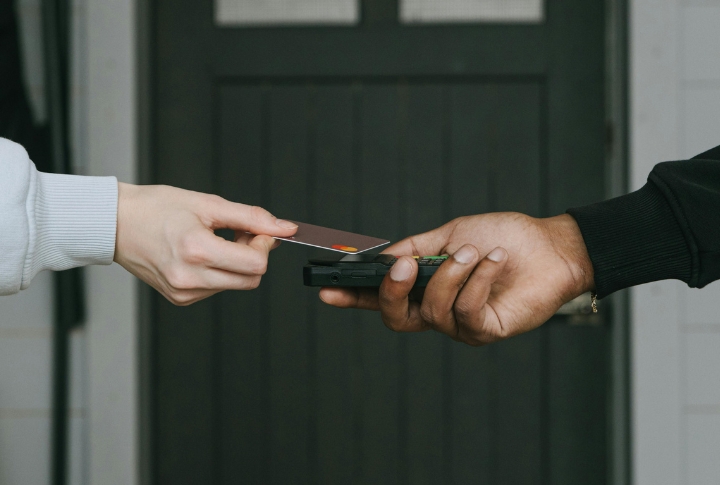
Ghost tapping is the new-age version of pickpocketing—only now, thieves don’t need to touch you to steal. Using hidden scanners, scammers can “tap” your card wirelessly through wallets, pockets, or bags and charge small amounts you’ll likely miss. Sounds invisible, right? Here’s how to stop them before your balance vanishes.
Invest In RFID-Blocking Accessories

RFID-blocking wallets or sleeves provide a simple way to prevent wireless skimming and ghost tapping scams. While they don’t interfere with NFC tap-to-pay signals, these accessories create a protective shield around your cards. Widely available and easy to use, they offer a practical layer of security against unauthorized card access.
Enable Real-Time Transaction Alerts

Setting up real-time alerts for every transaction helps you catch fraudulent activity immediately. Many banks provide customizable notifications via SMS, email, or app push. Even small test charges can be spotted quickly, which allows you to respond before scammers exploit your account.
Manually Verify Merchant Details Before Tapping

Always check the merchant name and transaction amount before tapping your card or phone. Scammers may try to hide charges or rush you. At markets or events, fake vendors might overcharge, and some charity scammers even request donations only to charge much higher amounts. Vigilance prevents unauthorized payments and financial loss.
Temporarily Disable NFC Functionality

Digital pickpockets don’t need your wallet—they just need a signal. By turning off NFC, you stop scammers from making unauthorized charges through contactless pay. It takes seconds in your settings menu and could save you from a serious headache later.
Opt For Virtual Credit Cards

Want real protection? Virtual credit cards have your back. Every purchase generates a brand-new card number automatically. Your bank’s app handles all the controls. You can lock cards temporarily or delete them completely after shopping. Stolen card details become worthless to criminals instantly.
Set Low Daily Tap-To-Pay Limits

Cap that tap-to-pay limit now, before scammers do the damage. Lower limits equal lower losses when fraud hits. Banks provide customization tools—use them wisely. Set the threshold tight and watch it work. Unauthorized charges above it? Declined on the spot. Cards get compromised, but accounts stay protected.
Conduct Regular Account Audits With Automation

Ghost tapping schemes rely on victims not noticing small, irregular charges. Automated account monitoring disrupts this strategy by flagging unusual tap-to-pay activity instantly. Regular reviews combined with automation create a two-layer defense that significantly reduces financial risk and catches scammers during their initial testing phase.
Employ Biometric Locks On Mobile Wallets

Using fingerprint or facial recognition adds strong security to your mobile wallet. Biometric authentication prevents unauthorized access and makes it harder for scammers to exploit tap-to-pay features. Most modern devices and payment apps support this, providing an extra safeguard beyond passwords or PINs.
Avoid Crowded High-Risk Environments For Taps

Ever notice how packed festivals and train stations get? That’s exactly where scammers hunt. The crush of people provides perfect cover for unauthorized taps. Cash or manual card payments work better in these spots. One quick bump could drain an account. Location matters more than most people realize.
Monitor For Relay Attack Indicators

Ghost tapping is a type of NFC relay fraud, where stolen card data is used for remote purchases. Criminals may coordinate transactions from different locations, even miles away. Awareness of this risk helps you recognize unusual activity and take steps to secure your devices and payment methods against relay attacks.
